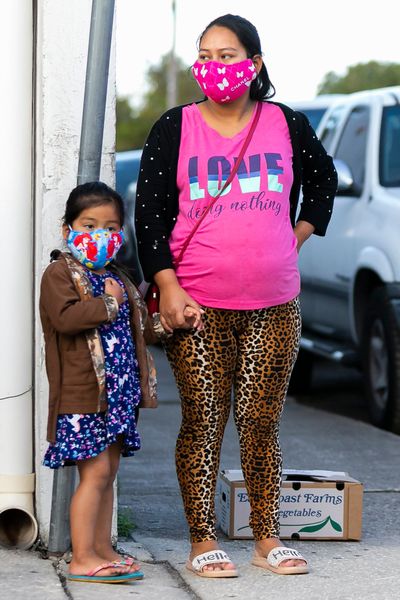Expanded safety net drives sharp drop in child poverty

WASHINGTON – For a generation or more, America’s high levels of child poverty set it apart from other rich nations, leaving millions of young people lacking support as basic as food and shelter amid mounting evidence that early hardship leaves children poorer, sicker and less educated as adults. But with little notice and accelerating speed, children have become much less poor.
A comprehensive new analysis shows that child poverty has fallen 59% since 1993, with need receding on nearly every front. Child poverty has fallen in every state, and it has fallen by about the same degree among children who are white, Black, Hispanic and Asian, living with one parent or two, and in native or immigrant households. Deep poverty, a form of especially severe deprivation, has fallen nearly as much.
In 1993, nearly 28% of children were poor, meaning their households lacked the income the government deemed necessary to meet basic needs. By 2019, before pandemic aid drove it even lower, child poverty had fallen to about 11%.
More than 8 million children remained in poverty, and despite shared progress, Black and Latino children are about three times as likely as white children to be poor. With the poverty line low (about $29,000 for a family of four in a place with typical living costs), many families who escape poverty in the statistical sense still experience hardship.
The retreat of child poverty represents progress and has drawn surprisingly little notice.
To examine the drop in child poverty, the New York Times collaborated with Child Trends, a nonpartisan research group with an expertise in statistical analysis.
The joint project relied on the data the Census Bureau uses to calculate poverty rates but examined it over more years and in greater demographic detail.
The analysis found that multiple forces reduced child poverty, including lower unemployment, increased labor force participation among single mothers and the growth of state-level minimum wages. But a dominant factor was the expansion of government aid.
In 1993, safety net programs cut child poverty by 9% from what it would have been absent the aid. By 2019, those programs had cut child poverty by 44%, and the number of children they removed from poverty more than tripled to 6.5 million.
“This decline in child poverty is very significant. I cannot say it enough,” said Dolores Acevedo-Garcia, a poverty expert at Brandeis University who reviewed the data. “If we still had the rates as we had in the 1990s, there would be 12 million more children in poverty.”